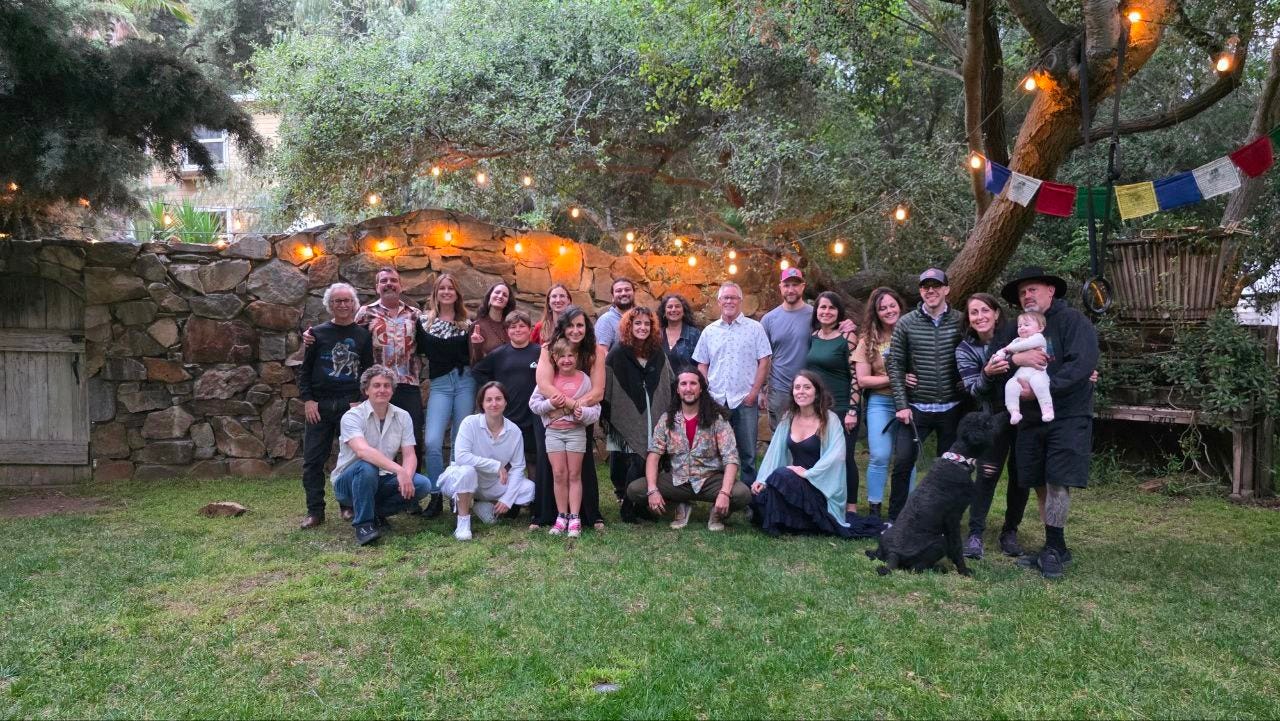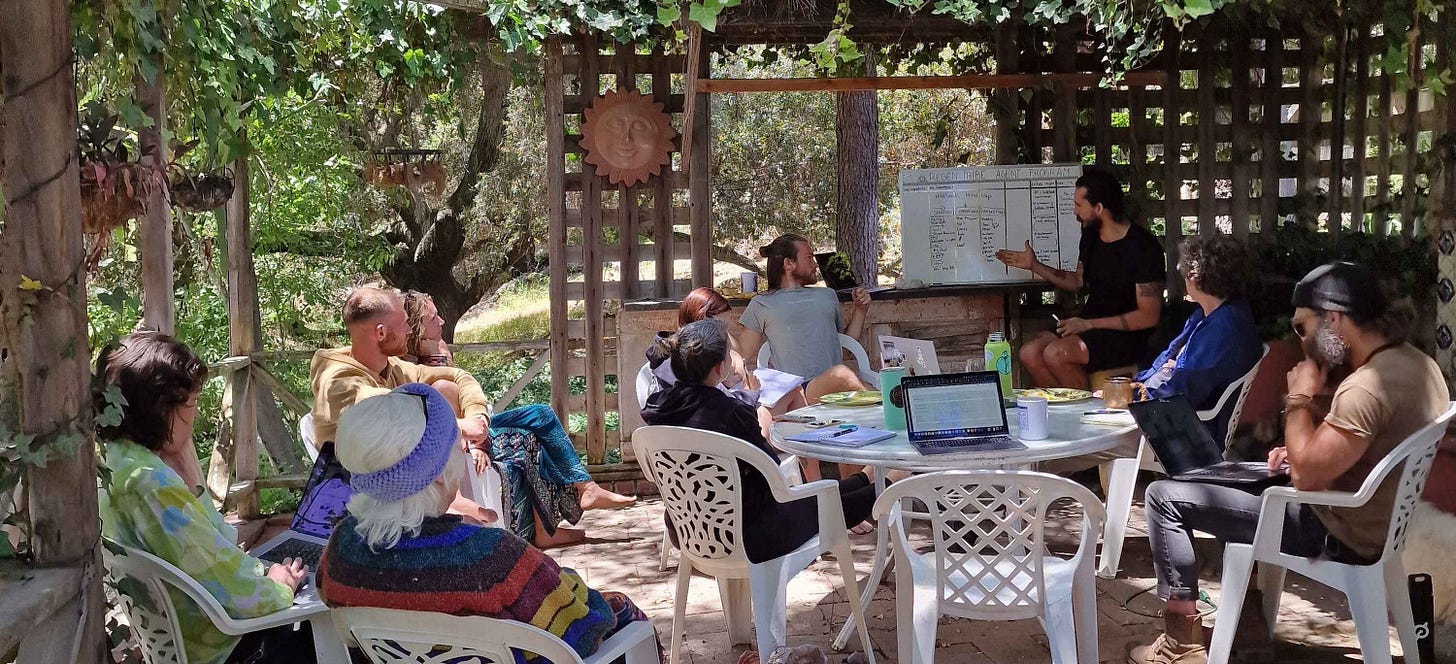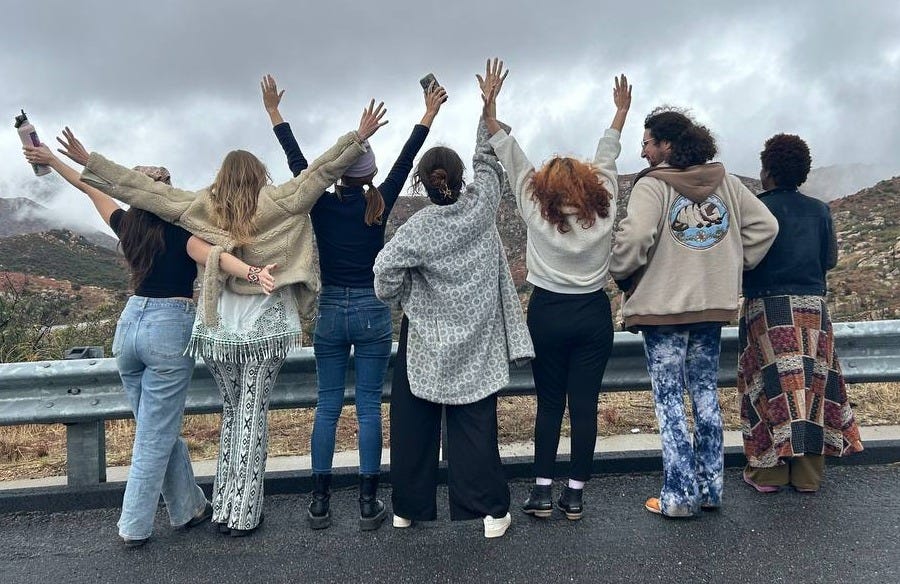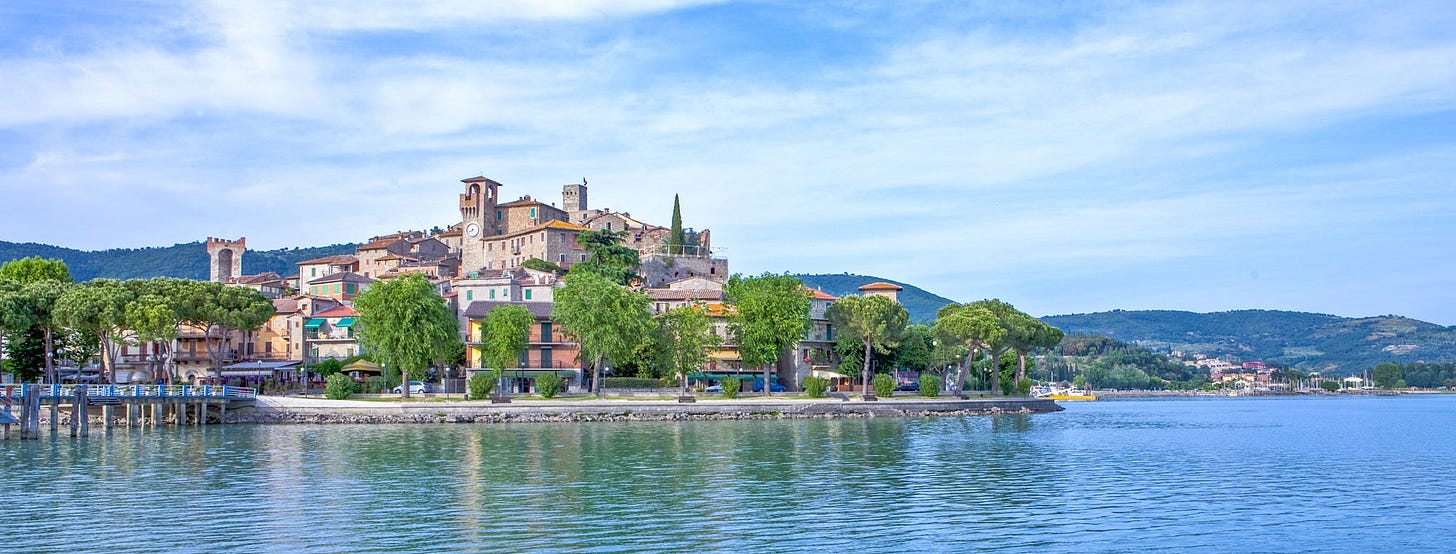How to Get Early Adopters for Your Community Land Project
Why getting people to join your community in the early stages is tough, and how to get over that hurdle
This question comes from a paid subscriber
:I'm wondering, how to find the people who start building the village? How far [do] you go in your visioning, and practical structuring, before people? And how to reach the people that want to build the village?
There are 3 major humps to get over when building a community land project: get people, get money, get land (but not necessarily in that order).
Let’s address one of the key ingredients in community building that founders often find scarce or are unclear about when and how to incorporate — people.
I have seen communities with land, beautiful infrastructure, and all of the legal permissions for people to start building, and they are just sitting there like an undiscovered oasis. Even though they are tirelessly marketing their community, nobody bites. This problem occurs when founders don’t properly create an inviting reason for people to be pioneer.
In my community building career, I’ve often said that people don’t want to be the first person out on the dance floor, as a metaphor for why people don’t want to move to a community where there isn’t any people yet. By and far, what attracts people to a community (and makes them want to stay) is usually other people. Even further, people don’t want to move to community unless they are confident that they will like and get along with the other community members.
So, you might find yourself in a conundrum. How to get people if you don’t have people?
The Importance of Early Adopters
When you tell people about an idea for an awesome community, they might be really excited about it, but say something along the lines of “call me when I can move in”.
This is a highly typical response.
Since regenerative villages are still a rather new concept perceived with uncertainty, the people who join them follow the new technology adoption curve:
I’ve already talked about the need for co-founders in my article Build Your Dream Team of Village Co-Founders, and on the graph you can count co-founders as your “innovators”. If you are building a village, you should strongly consider how to get what I call early adopters.
Early adopters are the ones who are willing to jump in when the project is still unfinished, unpolished, and perhaps a bit bumpy, but further along than just the idea or funding stage. They won’t necessarily be as involved as a co-founder, but they won’t be purely a consumer (aka Early/Late Majority).
Early Adopters are important for these reasons:
They allow you to test your systems — Whether it’s your DAO governance or your water filtration capacity, testing your systems before they have critical load is very useful. People who invest significantly want a finished product, but early adopters are much more forgiving.
They have less bias than co-founders — Whereas co-founders are deep in the slog with you, and perhaps too close to the project to really see it clearly, early adopters have enough distance to give unique feedback.
They can represent low-stakes potential income — In the early stages it is easier to attract people who are willing to pay, not for the 200k land lot, but for the room in the shared community house or the bell tents you put up.
They can convert into co-founders and long-term residents — Early adopters are experimentalists, but when they find something they like, they are down for the cause.
They create culture, energy, and atmosphere that magnetize others — Even if they don’t convert into long-term residents, they will be instrumental in your community building journey as ambassadors and ambience models1.
How to Get Early Adopters
You don’t need a finished village to start community. But you do need a compelling invitation.
Early adopters are more likely to say yes to something that feels alive, even if it’s still in progress. Here’s how to attract them:
Create a strong vibe, not just a strong plan
People move for people and energy, not just vision documents. Host gatherings, dinners, retreats, or build parties on the land (or even off the land) to give early adopters something they can feel and connect with emotionally.Offer low-commitment ways to engage
Make it easy for people to test the waters — a room in a shared house, a seasonal living experience, or a small work-trade residency. Early adopters often need to experience it before they consider going all-in.Tell a compelling story
Share your mission with heart and specificity. Post about your progress, your values, the vision for daily life, and the why behind your community. Authentic storytelling helps people self-select in.Use your personal network first
Before going wide, go deep. Reach out to friends, colleagues, fellow travelers, or past collaborators. These people already trust you and may be more willing to pioneer, especially if they sense it will be meaningful.
Leverage aligned online communities
Post on platforms where your ideal early adopters hang out. Permaculture Facebook groups, regenerative design forums, intentional living Discord servers, Substack audiences (check out substacks I recommend on my profile), and community-building Telegram channels.Invite contribution, not just consumption
Early adopters like to feel they are co-creating something. Let them help with designing the garden beds, workshopping community agreements, or organizing the first festival. Involvement creates investment.Create momentum moments
Run a “soft launch” or pilot season. Have a clear time window when people can come join a cohort and be part of shaping the village’s early story. Deadlines + co-creation is a powerful combo.Show that others are already in
No one wants to be the very first person on the land. Highlight who is already committed — even if it’s just a few — and what they’re like. Photos of real people, birthdays, group meals, or land clean-up days go a long way to shift the “is this real?” question into a clear yes.
If you’re simply building a land development project of only single family homes, you might feel this advice doesn’t serve you, but I would highly encourage you find a way to apply these principles no matter what kind of community you are building.
By removing the fear of isolation, creating real experiences, and inviting contribution, you help people cross that threshold from “someday” to “I’m in.”
Case Study: Castle Quest
Take my friend Jordan Hammond for example. He’s the founder of the community I currently live in, and a complete visionary. He identified a huge 28-bedroom agroturismo villa in Italy he wants to convert into his 4th community coliving space (you can learn more here), mostly as a way for people to escape the US during its current nosedive into authoritarianism.
He has a host of people who want to throw down between 20-500k to acquire it. But he also knows that there’s going to be this gap period, where the villa needs fixing, it’s off-season, and investors just won’t be ready to live there yet.
So he’s invited his friends and colleagues to come to the place to hang out for free, while the community space gains traction. This acknowledges the value of building culture, vibes, and real community over income alone.
Take a page out of his book.
Connect with Me
For the past 7 years I’ve been studying how successful community builders “do it”. Join this journey with me and learn the best practices for village building.
Are you new here? Subscribe to this newsletter for free
Follow me on LinkedIn for more insights
Make an inquiry for 1:1 community consulting
An ambience model comes from the event world, where attractive people (physically and in personality) are influential in the experience of a place or event, and encourage desired behaviors from participants.










I spent the last six years building the basics, getting the word out, building an online community and am now looking to invite people to come and join in. It's borderline impossible! Thanks for the inspiration to keep going
Oh wow, not community related but had to comment: you described me so well in your description of an early adopter. Metaphorically and literally, I am that person who will go out on the dance floor early as long as the vibe is right and I’ll even pull people to go with me.